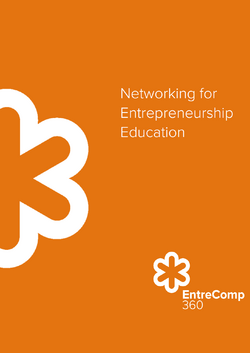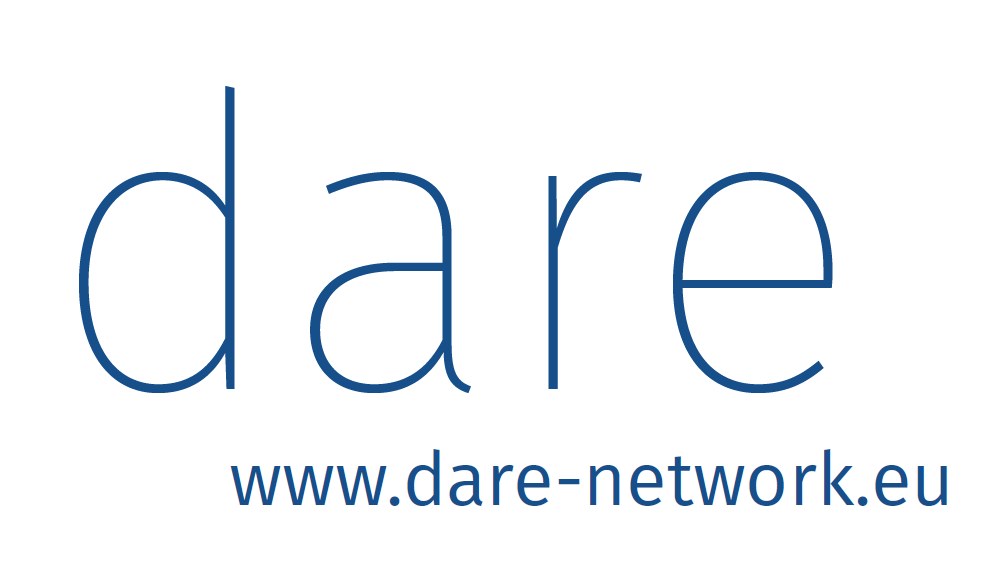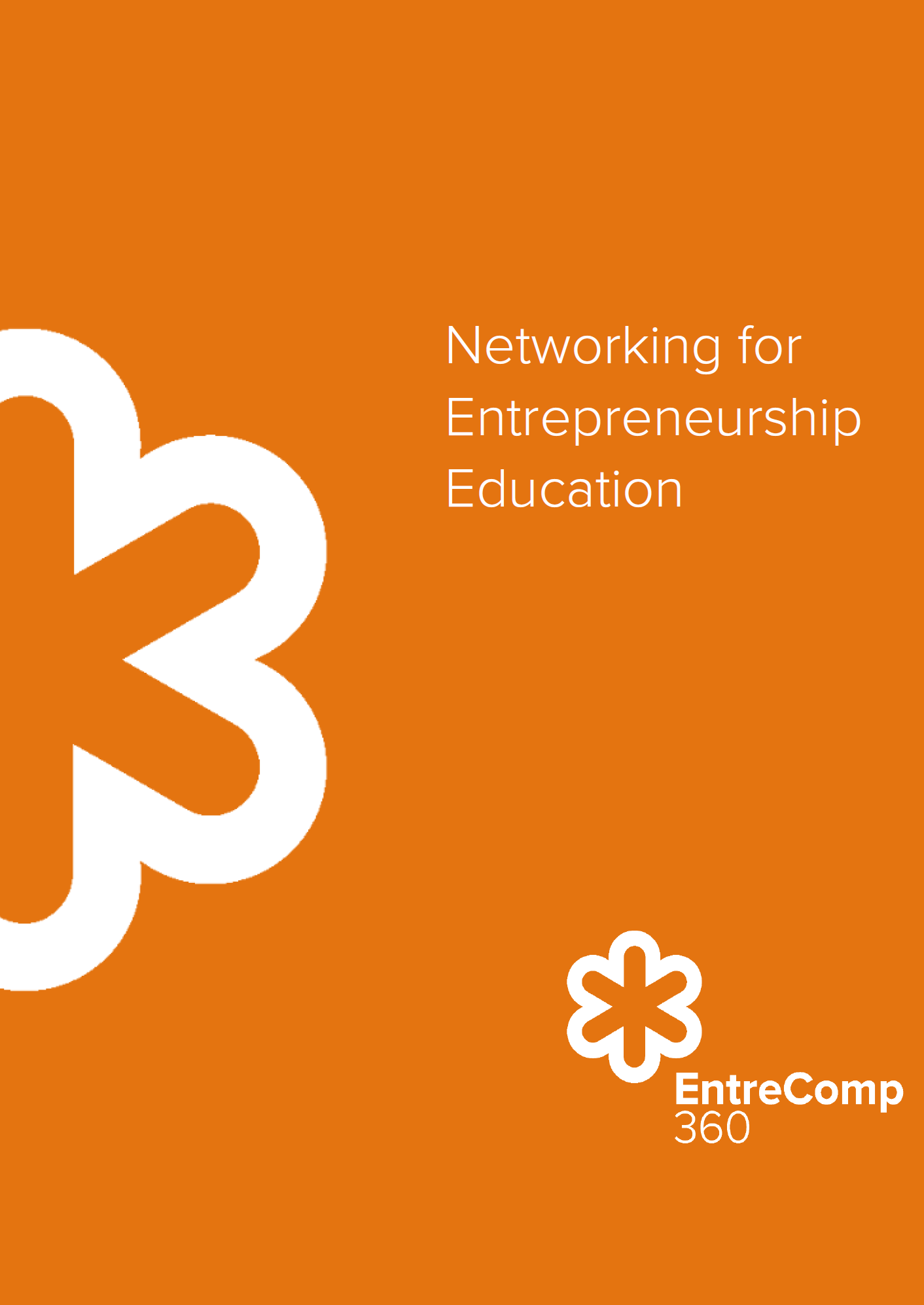When many move forward together they can have an impact, achieve social change or develop creative and purposeful ideas. Social change and innovation refers to the successful implementation of an idea, as well as the means by which the idea may have a social impact beyond the direct environment where the idea was first developed or tested.
After a phase of incubation, an idea may also gain traction across system borders. Such successes are called “innovations.” Often they are “new combinations or hybrids of existing elements, rather than being wholly new in themselves” and in their development they “cut across organisational, sectoral or disciplinary boundaries” (Mulgan et al. 2007, p. 5).
Contents
How an idea permeates different sectors in the society
An originally intrapreneurial idea (bottom left, orange) spreads and grows at the interface with others: To like-minded people, then to larger networks around these.
It enters a journey through different circles connected in different ways. Along the way it can change, and can change these other areas or sectors (here in turquoise).
Networking is the ability to communicate at these intersections.
Citizenship or entrepreneurial learning and concrete social action are intertwined in this sense. That is why some authors, in contrast to "innovation", propose to speak of transition experiments . “A transition experiment is an innovation project with a societal challenge as a starting point for learning aimed at contributing to a transition” (Van den Bosch 2010, p. 58).
Collaboration and networking among entrepreneurs in transition experiments always views action as a learning process as well as, open-ended and networked action. Van den Bosch and Rotmans (2008) identify as fundamental mechanisms deepening, broadening and scaling-up.
Deepening
Deepenming a learning process through which actors can learn as much as possible about a transition experiment within a specific context.
Broadening
Broadening repeating a transition experiment in different contexts and linking it to other functions or domains.
Scaling up
Scaling up embedding a transition experiment in dominant ways of thinking (culture), doing (practices) and organising (structure), at the level of a societal system.
Source: Van den Bosch, Rotmans 2008, pp. 64
An example from the field of civil engagement is the idea of positive measures regarding gender representation. For example, activists started using speakers‘ lists with equal contributions of male and female contributors in their discussions, others introduced gender quotas for positions. Originally tested and improved in grassroots groups, then broadened into small businesses and in civil society organisations, over time the idea gained acceptance beyond the groups of its ideators and grew more and more mainstream changing the composition of governing bodies in business, civil society, and politics (scaling up). Since 2003, the idea was enshrined in law in some countries and more and more countries are following. As a result, the under-representation of women on corporate boards has been somewhat mitigated and their share increased from around ten percent to about one-third (Arndt, Wrohlich 2019).
Ingredients for a Successful Collaboration
Collaboration becomes feasible when a number of factors come together; successful collaboration requires them to be worked at, to strengthen and harmonise. Key factors, or ingredients for successful collaboration include:
Seeing the common goal:
understand how activities benefit others and recognising a win-win-situation.
Building trust in each other
For example when others see commitment to and actions taken to achieving the common goal, or how they share goals and values.
Understanding own needs:
By seeing and hearing others, we can better understand ourselves what we want to achieve in the future.
Mutual learning:
We can be inspired by how others plan and manage their projects and how they work together.
Seeing new benefit:
Of course others have what we may not have – specific knowledge, contacts, reach, credibility, money, spaces, supporters... We can gain new perspectives or create new quality by combining experience.
Strengthen awareness and promotion of an important cause:
By collectively standing up for an idea or a shared interest, we are better able to increase awareness of the issues and reach a wider audience.
Network Effect:
Because the parts of a network put together create a network effect – the network is stronger than its parts.
Collaboration as a Competence
Similarily to the three-folded nature of transition experiments as 1) tools for innovation and 2) a learning space and 3) a space for self-organisation, we can look at collaboration. It is
- a tool in order to achive impact
- (infra)structure in form of networks
- and competence for progressing and networking (together), including knowledge, skills and attitude.
More: Networking and Collaboration as a Competence
Nils-Eyk Zimmermann
Editor of Competendo. He writes and works on the topics: active citizenship, civil society, digital transformation, non-formal and lifelong learning, capacity building. Coordinator of European projects, in example DIGIT-AL Digital Transformation in Adult Learning for Active Citizenship, DARE network.
Blogs here: Blog: Civil Resilience.
Email: nils.zimmermann@dare-network.eu
References
- Arndt, P.; Wrohlich, K. (2019). Geschlechterquoten im europäischen Vergleich: Harte Sanktionen bei Nichteinhaltung sind am wirkungsvollsten. DIW Wochenbericht 38/2019; DIW Berlin — Deutsches Institut für Wirtschaftsforschung e. V.; https://doi.org/10.18723/diw_wb:2019-38-4
- Mulgan, G.; Tucker, S.;M Ali, R.; Sanders, B. (2007). Social-Innovation – What It Is, Why It Matters and How It Can Be. Accelerated; Skoll Centre for Social Entrepreneurship/The Young Foundation; 2007
- Van den Bosch, S.; Rotmans, J. (2008). Deepening, Broadening and Scaling Up: A Framework for Steering Transition Experiments. Knowledge Centre for Sustainable System Innovations and Transitions (KCT), https://hdl.handle.net/1765/15812
- Van den Bosch, Suzanne. (2010). Transition Experiments: Exploring societal changes towards sustainability. Thesis to obtain the degree of doctor at the Erasmus University Rotterdam, https://repub.eur.nl/pub/20714
Networking for Entrepreneurship Education
This text was published in the frame of the project EntreComp 360
Download











